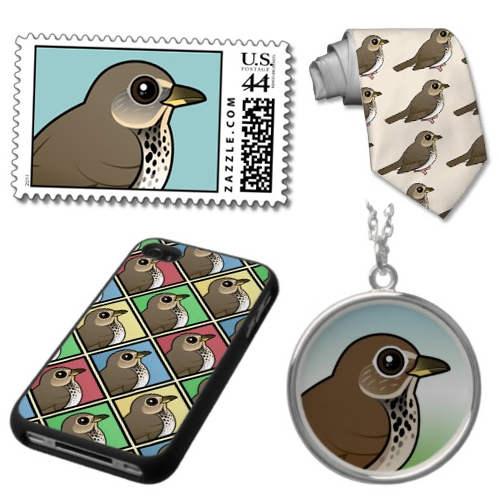 Warbler Neck Awareness Month begins in just over two weeks. You may be wondering, "What exactly is Warbler Neck?" Here is some background information on this unfortunate affliction. Gorgeous warblers in bright breeding plumage migrate through much of the United States during the months of April and May. Spring migration means that birders are on full alert, and birdwatching outings outnumber all other activities. In order to see these colorful little birds, birdwatchers must typically look high up into the trees, up in the canopy where the hungry migrating beauties are most active. The birds are searching for food to fuel their travels. Many are also singing, looking for potential mates and establishing territories. Birding requires patience. Finding a bird that is constantly moving around takes practice and skill. And it means looking up, way up, for an extended period of time. All this sky-high searching often results in a big pain in the neck: Warbler Neck.
Warbler Neck Awareness Month begins in just over two weeks. You may be wondering, "What exactly is Warbler Neck?" Here is some background information on this unfortunate affliction. Gorgeous warblers in bright breeding plumage migrate through much of the United States during the months of April and May. Spring migration means that birders are on full alert, and birdwatching outings outnumber all other activities. In order to see these colorful little birds, birdwatchers must typically look high up into the trees, up in the canopy where the hungry migrating beauties are most active. The birds are searching for food to fuel their travels. Many are also singing, looking for potential mates and establishing territories. Birding requires patience. Finding a bird that is constantly moving around takes practice and skill. And it means looking up, way up, for an extended period of time. All this sky-high searching often results in a big pain in the neck: Warbler Neck.

Birdwatchers by Sugar Pond
The day after your next birding excursion, if you feel aches in your neck, shoulders, or upper back, you can blame the warblers. You've got Warbler Neck. Help spread awareness about Warbler Neck with original WN Awareness gear from Birdorable and sister site MagnificentFrigatebird.com. Stay tuned to both sites for more information about WN.







































